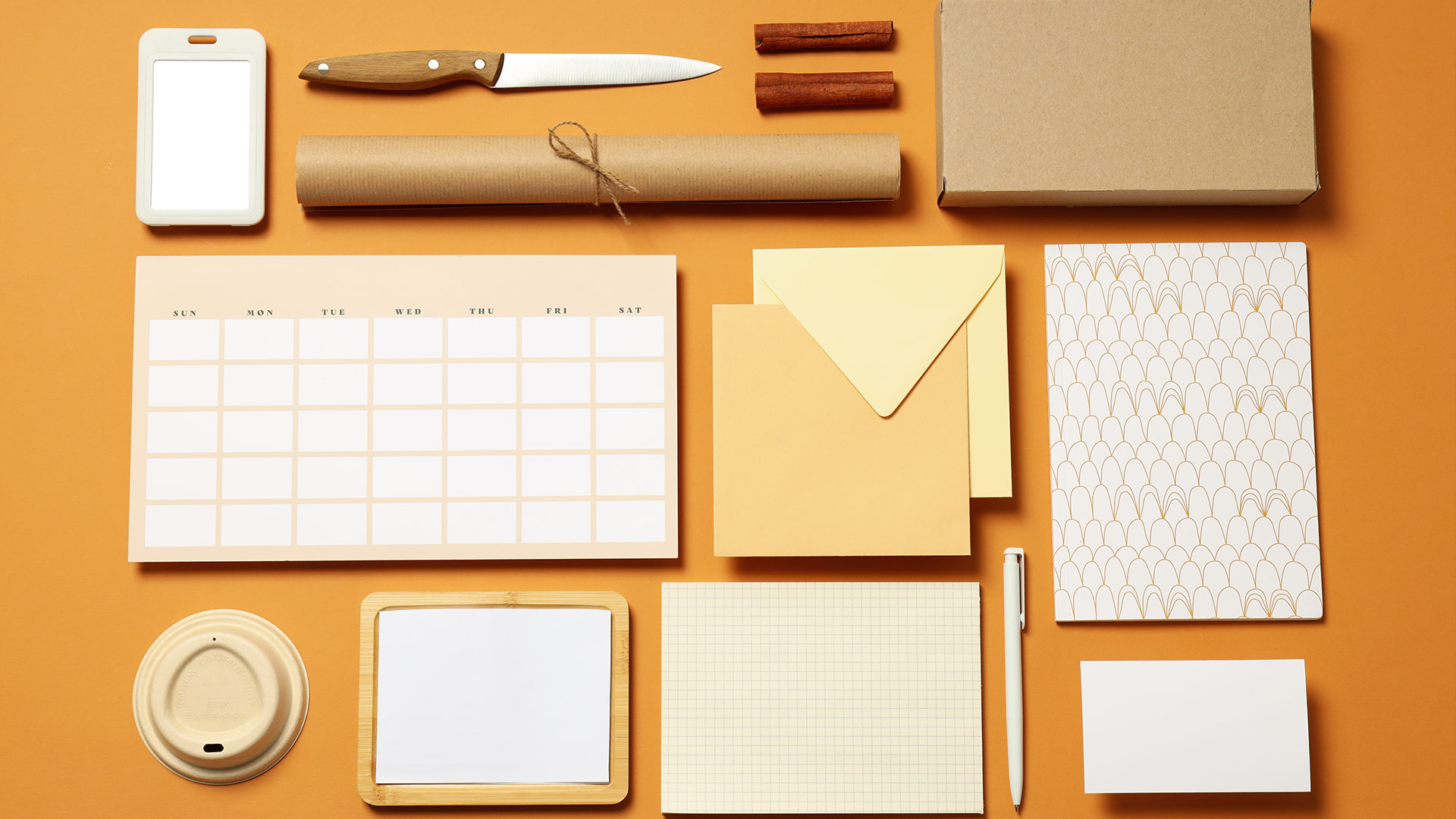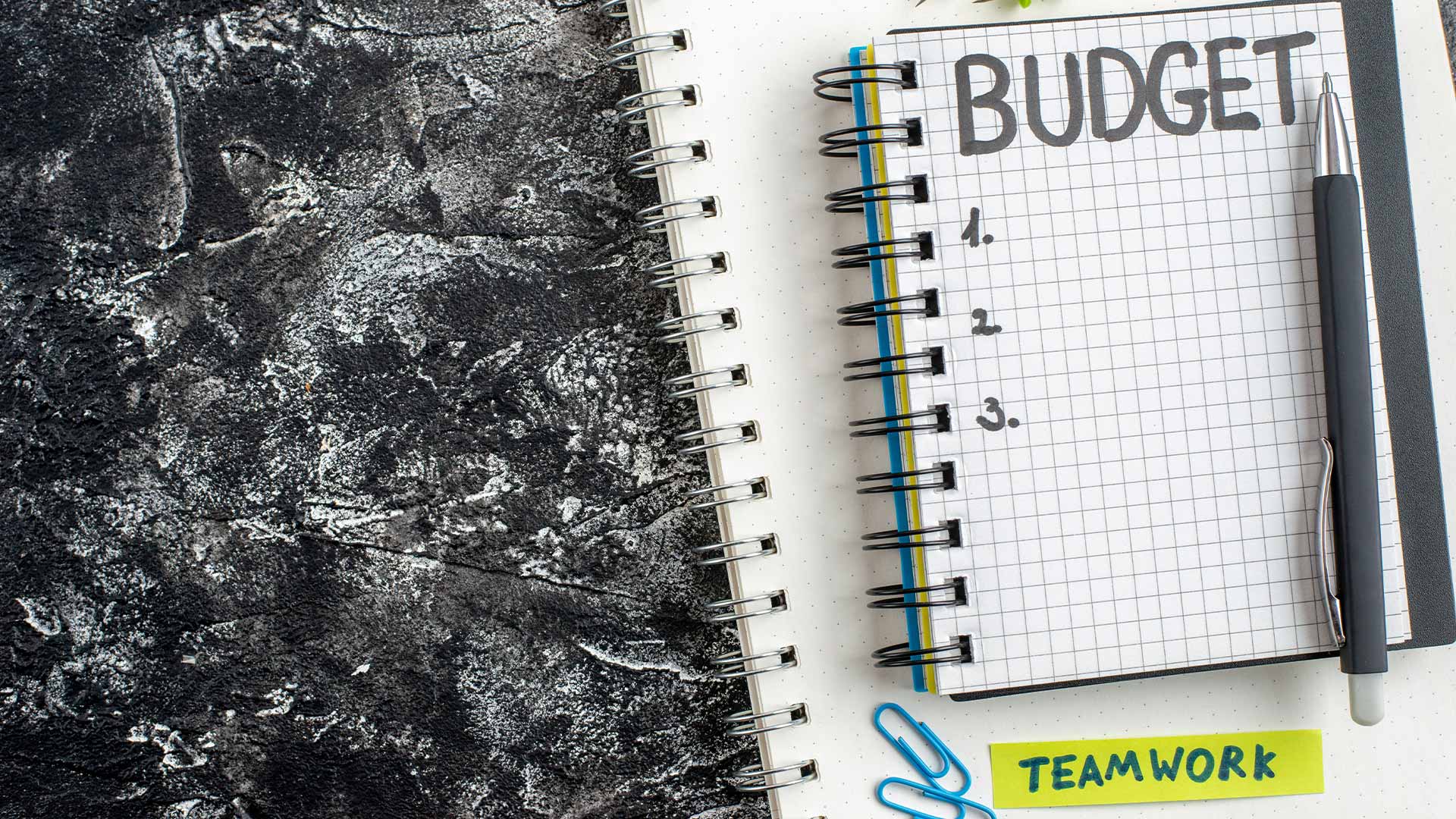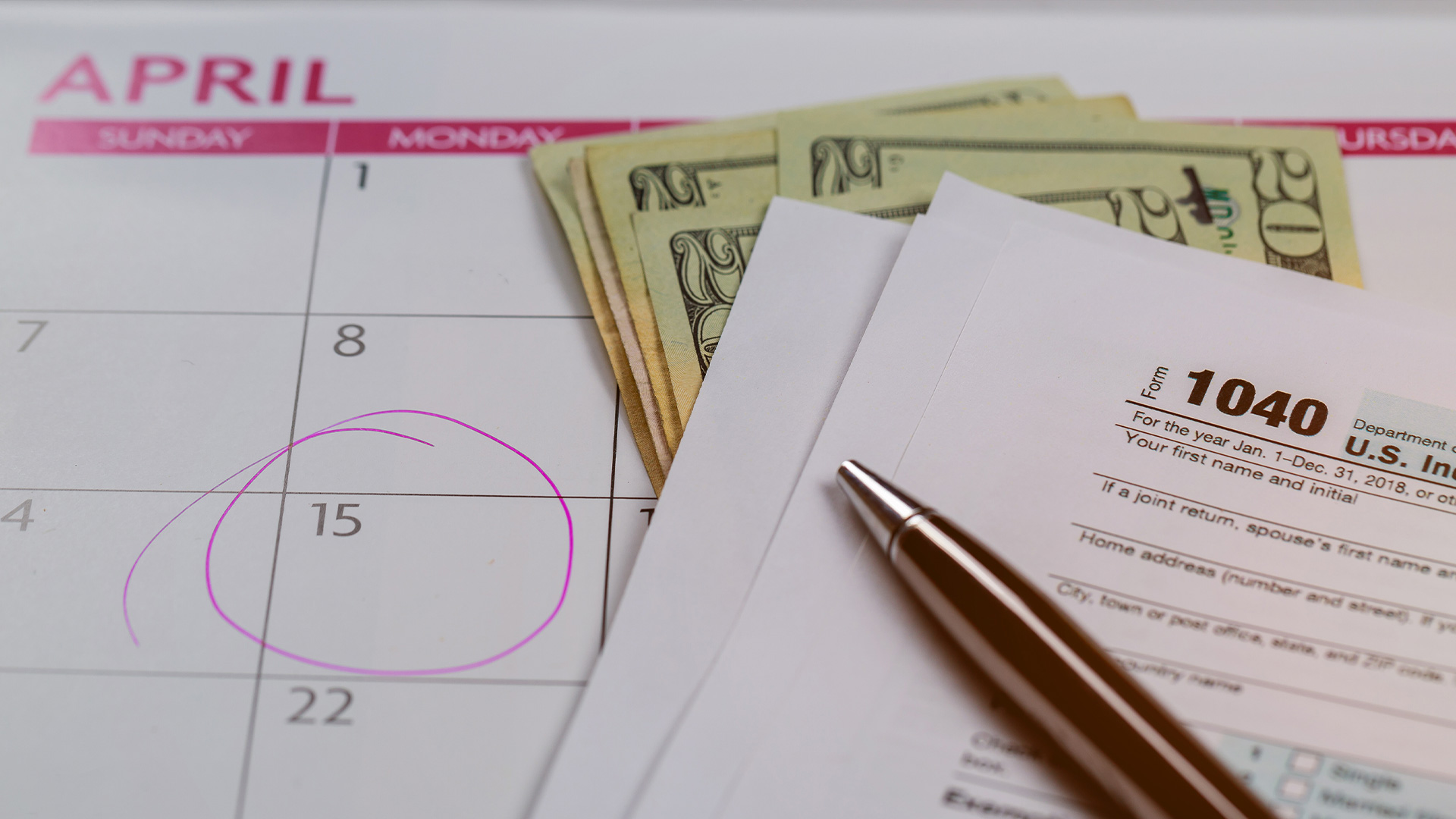Creating a budget is easy. Sticking to it? That’s the part most people struggle with. The reason isn’t usually lack of discipline--it’s because the system they’re using doesn’t fit their actual life. It’s either too complicated, too rigid, or too disconnected from how they really think and spend.
If you’ve ever made a budget, felt good about it, and then completely ignored it by week two, you’re not alone. The good news is that building a budgeting system that sticks is totally possible--it just has to be designed for you.
Here’s how to create a system that’s simple, flexible, and actually works in real life.
Step 1: Understand Your Spending Personality
Before choosing tools or formats, it’s important to get honest about how you relate to money.
Ask yourself:
- Are you a planner or more go-with-the-flow?
- Do you prefer numbers or visuals?
- Do you like structure, or do you rebel against rules?
Your system should match your personality. If you hate spreadsheets, don’t force yourself into one. If you’re highly visual, apps with charts and progress bars might help more than raw numbers.
Step 2: Start With Just 3-5 Categories
One of the fastest ways to burn out is trying to track 20 budget categories at once. Keep it simple in the beginning.
Try categories like:
- Essentials (rent, groceries, utilities)
- Lifestyle (dining out, entertainment, shopping)
- Savings
- Debt payments
- Unexpected (your buffer zone)
This framework gives you visibility without overwhelm. You can always get more detailed later once the habit is in place.
Step 3: Choose a Format That Feels Natural
There’s no “right” way to budget. What matters is that you keep using it. Choose the format that feels least like a chore:
- Apps: YNAB, Monarch, Goodbudget, or even your bank’s native tool
- Spreadsheets: Google Sheets or Excel, with simple tabs and formulas
- Pen & Paper: A printable budget tracker or custom journal
- Hybrid: Use a spreadsheet for planning and an app for daily tracking
The goal is frictionless access. If your tool is hard to open or confusing to use, you’ll avoid it.
Step 4: Budget Based on Real Numbers, Not Hopes
Start with what you actually spend--not what you think you should spend. Look at the last 30-60 days of transactions. Where is your money really going?
If you normally spend $600/month on dining out, don’t set a $200 limit just because it sounds better. Budget for reality first. Then, adjust slowly if you want to cut back.
This honesty builds trust in your system--and makes it more likely you’ll stick with it.
Step 5: Build In Flexibility
Life changes constantly. Your budget should be able to flex with it.
Include a “buffer” category for surprises. Allow yourself to move money between categories if priorities shift. Treat your budget like a living document, not a contract set in stone.
If you overspend in one area, adjust another--without guilt. That’s not failure, that’s smart money management.
Step 6: Make Check-Ins Easy and Routine
Pick a time once a week to check in. Ten to fifteen minutes is enough. Use this time to:
- Log recent transactions
- See how much is left in each category
- Adjust anything that’s off
- Set a small goal for the upcoming week
Making this a consistent ritual keeps your budget top-of-mind and prevents the “I’ll check it later” spiral that turns into total neglect.
Step 7: Focus on the Why
Budgets aren’t about restriction. They’re about direction.
Write down 1-3 things you’re budgeting for:
- A debt-free vacation
- Peace of mind in emergencies
- Getting out of paycheck-to-paycheck living
Keep these goals visible in your budgeting tool or notebook. They help keep you motivated on the days when tracking spending feels boring or stressful.
Step 8: Celebrate Small Wins
Did you stick to your grocery budget this week? Catch an unwanted subscription and cancel it? Move an extra $25 to savings?
That’s a win. Acknowledge it.
Rewarding small efforts reinforces the habit. You’re building momentum every time you show up--even if the numbers aren’t perfect.
Step 9: Tweak the System, Not Yourself
If your budget feels frustrating or confusing after a few weeks, don’t assume you’re the problem. Adjust the system.
- Too many categories? Simplify.
- Hate your app? Try a different one.
- Forgot to track spending? Switch to weekly check-ins instead of daily.
The best system is one that you’ll actually use--not the one that looks best on paper.
Step 10: Let It Evolve
Your income, expenses, goals, and lifestyle will change. So should your budget.
Set a calendar reminder every quarter to review your system:
- Are your categories still relevant?
- Do your goals need adjusting?
- Is your format still working?
Budgeting isn’t a one-time task. It’s a habit. And like any good habit, it grows with you.



